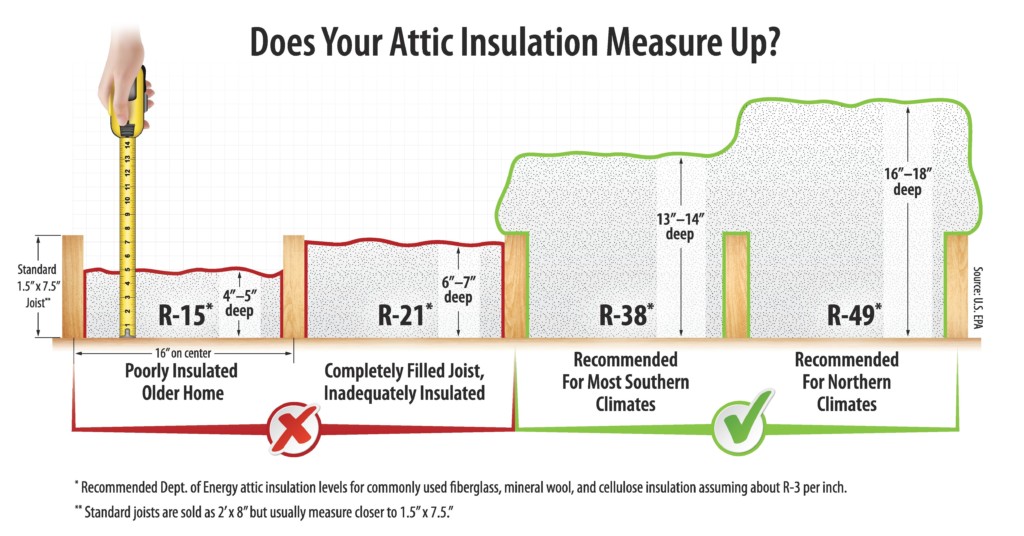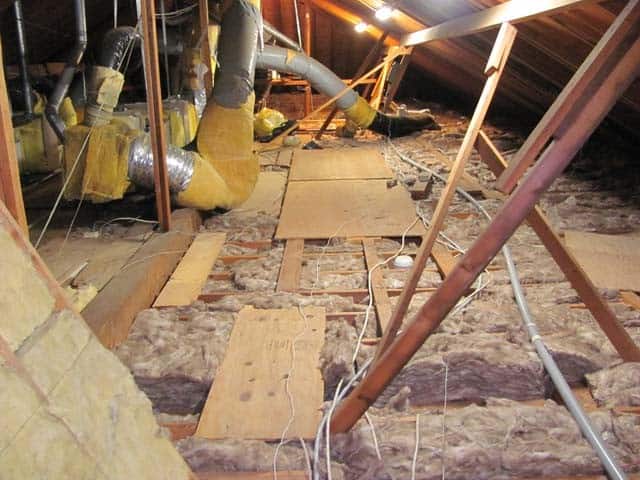Understanding Insulation Types and Their Impact on Home Energy Efficiency
When considering insulation options for your home, it is vital to understand the differences between various types, including blown insulation and rolled or batt insulation. Blown insulation is typically made from materials like cellulose or fiberglass, which provide excellent coverage in hard-to-reach areas and gaps. On the other hand, rolled or batt insulation comes in pre-cut sections, which simplify the installation process in open spaces but may require additional effort to fill every crack and crevice.
Choosing the right type of insulation depends on several factors, including the specific areas of your home that need insulation, your budget, and personal preferences for sustainability. Blown insulation may perform better for attics with irregular shapes, while rolled insulation could be more cost-effective for large, flat areas. It's essential to weigh the pros and cons of both types to make an informed decision for your home's energy efficiency and comfort.
Types of Insulation Materials
Insulation materials vary significantly in terms of performance, cost, and environmental impact, making it essential for homeowners to consider their options carefully. Popular insulation materials include fiberglass, cellulose, and spray foam, each boasting unique qualities that cater to different insulation needs. Fiberglass is common for its affordability and fire-resistant properties, while cellulose, made from recycled paper products, is praised for its eco-friendliness.
Spray foam insulation offers a superior air seal and high R-value, making it a top choice for energy efficiency, but it usually comes at a higher cost. In addition to their thermal performance, it's also crucial to consider factors like moisture resistance and the potential for settling or sagging over time. By understanding the various insulation materials, homeowners can tailor their insulation choices to best serve their specific conditions and preferences.
Proper Insulation Installation Techniques
Success in insulating your home largely hinges on the installation process itself. Proper installation techniques ensure that insulation performs optimally, sealing off drafts and reducing energy loss. Whether opting for blown insulation or rolled insulation, attention to detail during installation is vital to avoid common pitfalls such as compressing the material or leaving gaps that could let air escape.


